Apart from being something delicious that melts in your mouth. Macaron is a french confection that is made with egg whites, confectioner's sugar, ground almonds and food coloring and commonly filled with a ganache, buttercream or jam filling making it also a gluten free dessert.
I've had a hankering to make macarons for some time but I found the process of making macarons delicate but I think doable. So I arm myself first with some helpful tips and techniques that I can use in my journey to making the Macaron!
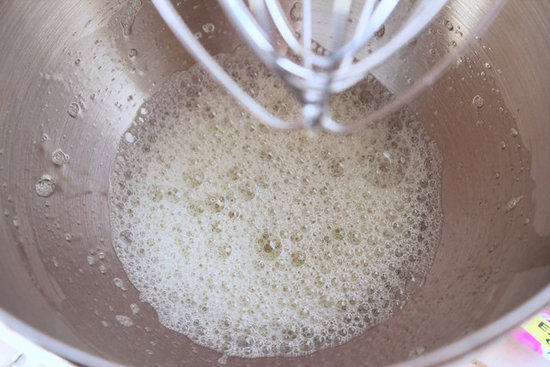
Use Aged Egg Whites
Aging the egg whites dehydrates them, resulting in a firmer, more stable meringue. Place your egg whites in a plastic wrap-covered, nonporous bowl, and poke a few holes in the plastic with a toothpick. Leave the bowl in the refrigerator for up to three days. Be sure to bring the egg whites back to room temperature before using.
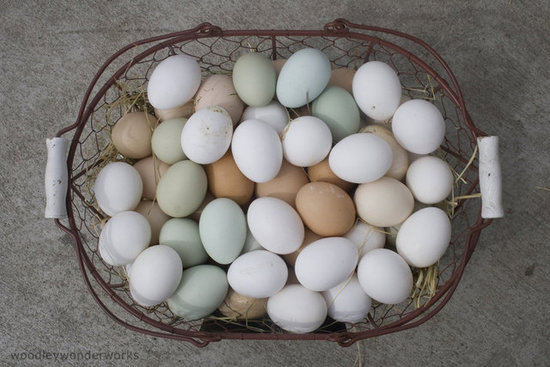
Use the Freshest Ingredients
A recipe calling for aged eggs does not mean that you should use eggs past their expiration date! Buy only the freshest ingredients including almond meal: old almond meal causes a macaron to lose its glossy luster.
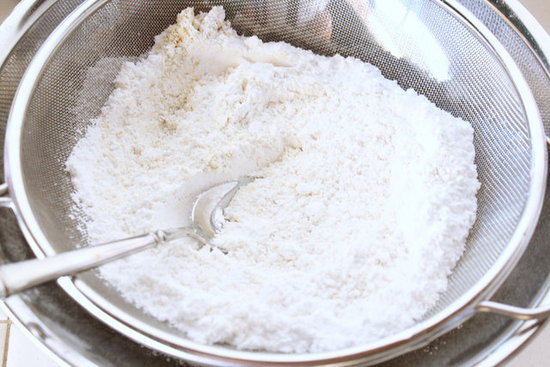

Your almond meal should be very finely ground so that it fits through a mesh sieve. If you're using packaged almond meal that appears too coarse to sift, give it a good grind in a food processor to break apart any larger pieces.
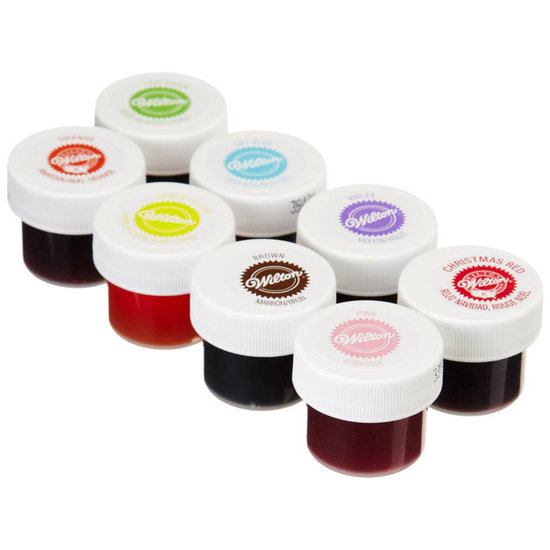

Gel With Your Color
Liquid food coloring can alter the texture of your macarons, making your batter too runny. I use gel color and add it while whipping the meringue. Don't be afraid to use a little too much: incorporating the almond meal mixture slightly diminishes the potency of the color.
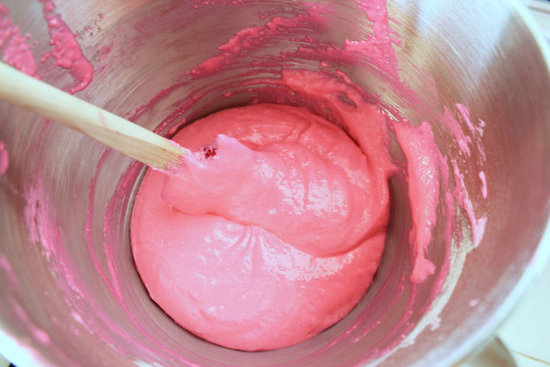

Every baker has an opinion about the best way to create the perfect macaron batter, a process known as macaronnage. The idea is to press out just enough air from the batter so that it runs off your spatula thickly, slowly, but consistently. I like to gently fold the dry ingredients into the meringue, scooping from the sides, and then "punch" the center of the batter with my spatula. Others prefer pressing the batter in
to the side of the bowl. Find what works best for you.
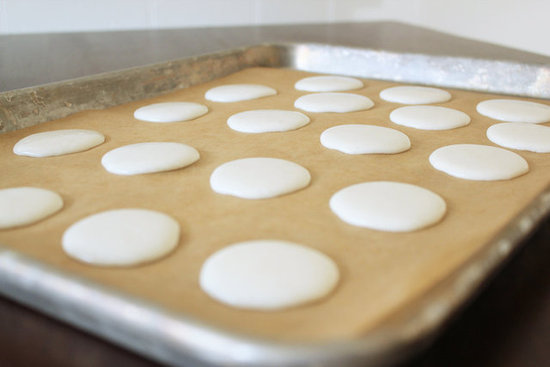
to the side of the bowl. Find what works best for you.

If you find that the tops of your macarons are cracking in the oven, allow your piped macarons ample time to dry with the next batch. This can take upwards of 30 minutes to an hour, depending on the humidity of the room. You'll know they are adequately dried when you dab the tops with your finger and nothing sticks.

I learned this the hard way when one day I couldn't get my macarons to fully dry and I realized that it ha
d just started raining that morning. If it's very humid, use a dehumidifier or wait to bake on a not-so-muggy day.
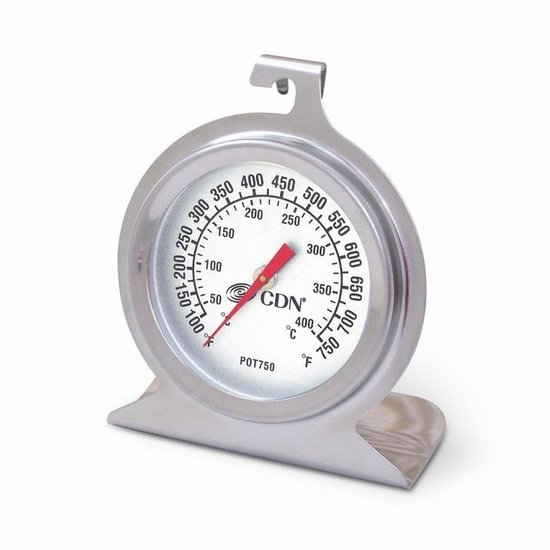
d just started raining that morning. If it's very humid, use a dehumidifier or wait to bake on a not-so-muggy day.

Hot and Bothered
A Crackling Shame
If you sufficiently dry your piped macarons but find that they still crack while baking, your oven may be trapping too much humidity. Try using a wooden spoon handle to prop open the oven door just a smidge for the first two minutes of baking.
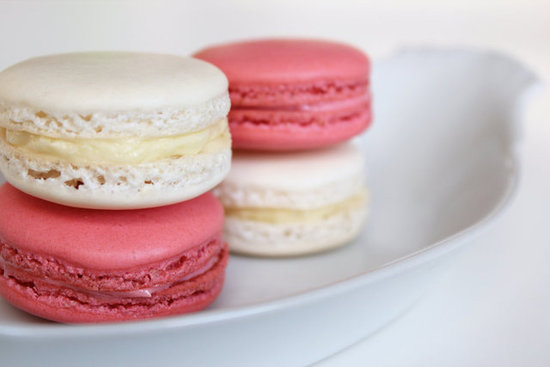

No one gets it right the first time around. With so many variables, you will need to find the equation that works best for you, your kitchen, and your oven. Get ready for a baking adventure, but when you create the perfect, airy-light macaron, it will all be worth it!

No comments:
Post a Comment